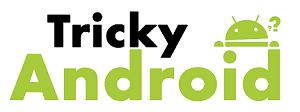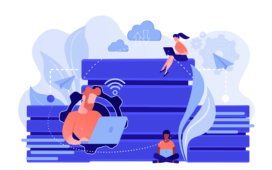Often beginners who first started to sell products online (to make money as their side job/career) would struggle with the overall setup. The approach is usually to go for launching a new website (that is ecommerce functionality enabled). Then it would come down to making a decision on how to develop the website. The options are obviously:
Develop the site all from scratch. This will require hiring a web developer and some designers whether it is on a project basis, or freelance. This approach may become very costly, as you are basically re-inventing the wheel.
The second approach is to use a free website builder software such as WordPress. The upside of WordPress is that it has plenty of plugins that can enhance the site. Not only with the combination of WordPress and Woocommerce will enable to ecommerce side in terms of payment mechanism, but there are more than enough of other plugins that can be used for marketing your site once it is fully developed. The only downside is that you will have to manage the domain name, web server, etc, whether you have installed your WordPress software on a cloud solution (such as Amazon Web Services) or a web hosting service package (such as one of the packages from Godaddy or Hostgator).
The third option is to register a Shopify account and you can start setting up your website and uploading your products right away. Go through this Shopify setup checklist as reference. Shopify is a vendor hosted service which means you don’t have to take care of any of the issues regarding hosting. When using Shopify as your online store, you will get many other advantages.
Setting up payment has always been one of the biggest security issues when developing any ecommerce site. Shopify is a website builder platform that can take care of your customer’s payments. The platform allows you to choose and use many payment processors including the most popular ones like PayPal, Stripe, Amazon Pay, Apple Pay, and more.
You can always have a choice between selling physical products (that require shipping/delivery) and digital products (which are virtual products like an eBook which require no processing of shipping). Whichever types of products you have chosen to sell, additional apps can be installed on your Shopify store to enhance the product display and checkout process.
Another area is the shopping cart experience. The abandoned cart recovery is designed to help Shopify store owners to follow up with potential customers who have started the checkout process or have placed items in the shopping cart, but have not completed the checkout process or payment. This feature can be a killer app to recover many long lost purchases.
If you have another site or platform that you believe may be suitable for selling your products, you should consider enabling Shopify Buy Button. Through using this Buy Button, Shopify allows you to embed a product and add a checkout function on your site. This enables you to sell your products not only on your Shopify site, but many other sites.









